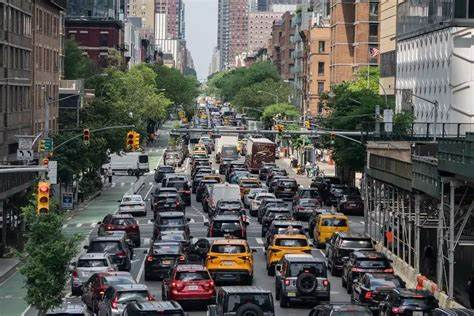How Our Diets Impact Climate Change – and What We Can Do About It

Food consumption is responsible for 33% of global greenhouse gas emissions. While we often think about the emission of methane by cows, much of the emissions is due to food production. By adjusting the foods we eat, climate change can potentially be mitigated.
The Emissions Database for Global Atmospheric Research (EDGAR) suggests that food emissions come primarily from four sectors: land (deforestation to clear land for agriculture and livestock grazing), energy (used for producing, processing, packaging, and transporting goods), industry (production of chemicals and materials used in farming and packaging) and waste (unused food or from processing). The rates of each sector vary from nation to nation. The most influential aspect is land use — for developing nations, more land is cleared, deforestation for fields and cattle grazing leads to more meat consumption, increasing emissions. For this reason, emissions in developing countries have grown drastically while in developed nations, it has not grown to such a great extent. For example, China’s food emissions shot up by almost 50% in the last thirty years due to a rise in meat consumption.
Six economies in the world are responsible for more than 50% of the total global food emissions – China, Brazil, US, India, Indonesia, and EU – due to their large populations and mass deforestation. In the US, more than 33% of the food produced was never actually eaten. When food goes uneaten, the resources used to produce, transport and package it are wasted. The uneaten food also goes into landfills, producing methane and other gases with decomposition. The immense populations of China and India create greater demand for food, increasing emissions. Brazil and Indonesia make the list due to mass deforestation; a combined 5 million acres of CO2 absorbing forests are cut down to make room for farms.
Studies show that meat production uses more land and is less energy efficient than plant production. This is because when plants are consumed, all energy is transferred directly to the person who eats it. However, when an animal eats it and humans eat the livestock (beef or pork), only 10% of that original plant-energy is transferred to the person, due to energy loss in trophic levels. The average US resident’s diet generates more than 2000 kilograms of greenhouse gas emissions annually. Going meatless once a week lowers emissions down to 1,600 kg annually. Going fully vegan (diet without any meat or animal products) cuts emissions by 87% down to less than 300 kg annually. Even eating lower on the food chain could cut emissions significantly.
Of course, not everyone needs to become vegan to save the planet, but if you want to do something, focus on cutting beef consumption (cows’ production of methane accounts for nearly 33% of global production). If enough people make these small dietary changes, it sends a message to policy makers to encourage climate-friendly agricultural practices and reduce food waste.








